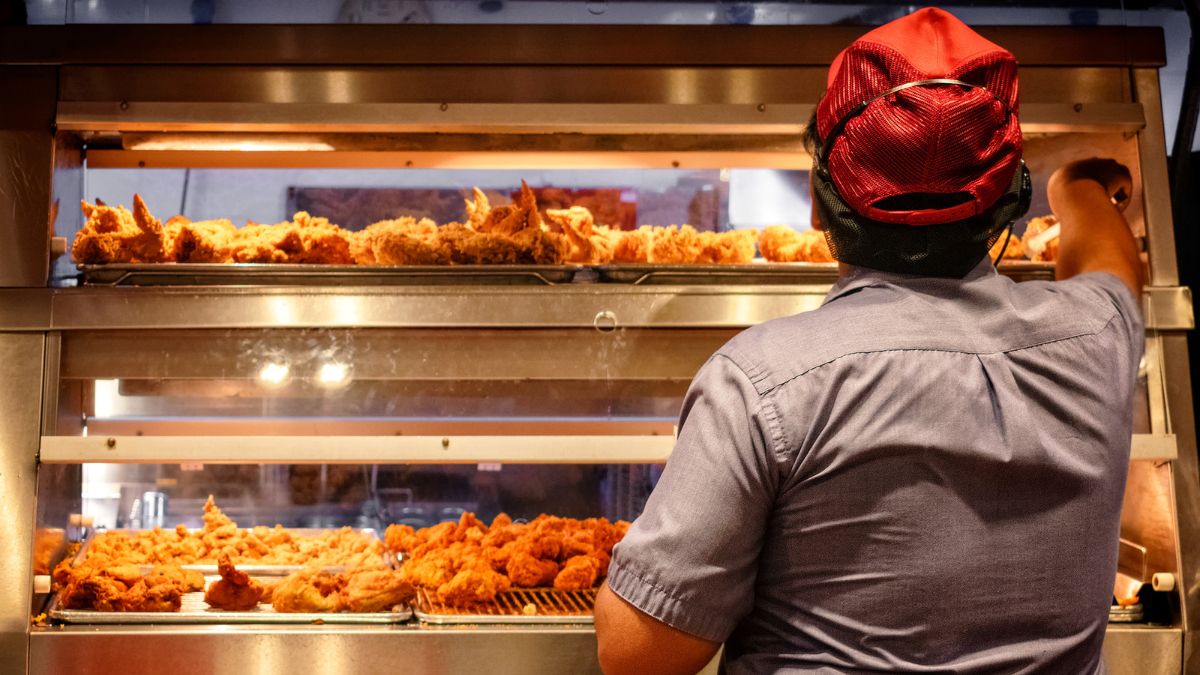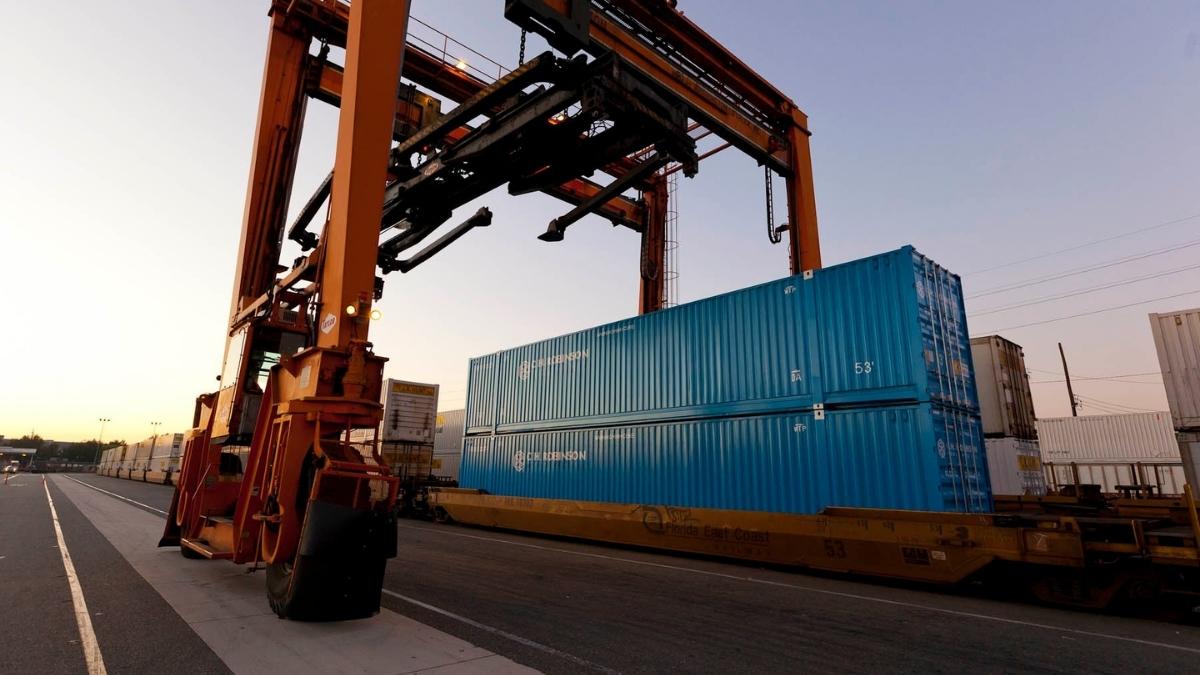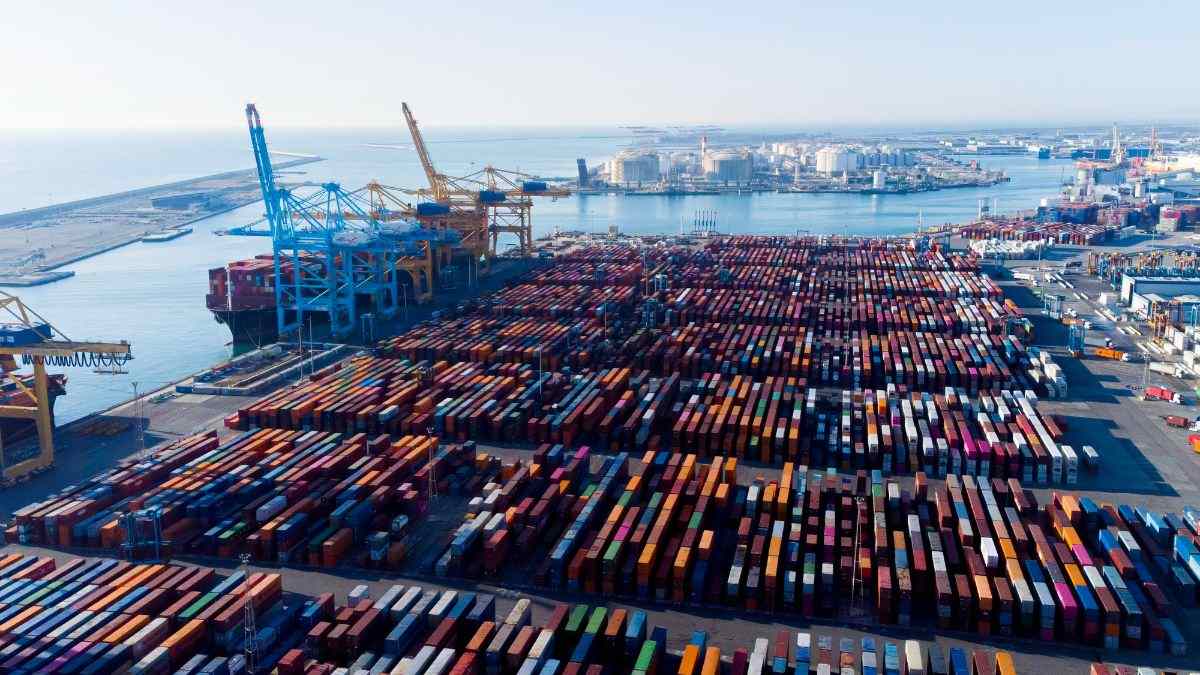
The COVID-19 pandemic exposed a critical vulnerability in the restaurant industry: a lack of visibility and control over supply chains. As freight costs surged and product availability became unpredictable, many of the large chains realized they were overpaying for transportation, under-informed about inventory, and unprepared for volatility.
This moment of reckoning led to a shift. Forward-thinking brands turned to C.H. Robinson’s Item-Level Solutions to gain control at the most granular level: by the individual item or SKU. The result: reduced costs, improved visibility, and more resilient operations—and a wave of change that is sweeping the industry.
Here’s how it happened.
Key peculiarities: How the restaurant sector really works
1. Most restaurants don’t manage their own supply chains
Restaurant chains operate complex supply networks, balancing seasonality, fluctuating demand, and perishable inventory across hundreds or thousands of locations. But, remarkably, most restaurants—and this includes some of the biggest brands in the world—don’t run their own supply chains. Many have historically outsourced inbound freight to distributors and suppliers, often without access to detailed data. This lack of transparency became a liability during the pandemic, prompting them to seek greater control.
2. Purchasing cooperatives matter
Many restaurant brands rely on purchasing co-ops—independent entities governed jointly by franchisors and franchisees—to manage procurement and logistics. These co-ops centralize purchase order and freight data, connecting suppliers, distributors, and operators. They are key to creating real-time insights into inventory, costs, and performance, driving better decisions and more consistent service.
A popular restaurant chain faced challenges distributing perishable ingredients on time and controlling storage costs. Using Item-level Solutions, the company fixed the problem and saved $3 million in the first two years.
3. Cases are the base unit of the industry
To help restaurants, you must speak their language. Whether it’s for burger buns, napkins or fries, restaurant operators think in terms of cases.
However, suppliers, distributors and carriers mostly think in truckloads. Bridging this disconnect is critical to aligning logistics strategies with operational realities.
The fix: From item-level data to real-world solutions
When it comes to Item-level Solutions, everything starts with data—specifically, purchase order data from suppliers and distributors. C.H. Robinson integrates this data into a digital platform that provides real-time visibility into inventory, freight costs, and supplier performance.
With the advanced analytics in hand, our experts collaborate closely with the customer to uncover inefficiencies and formulate tailored fixes using purchase order management and supply chain engineering techniques. This can include:
- Freight cost breakdowns: Analyzing transportation costs and their components at the SKU or case level for total landed cost (instead of by truckload) empowers restaurant chains to make more informed decisions and negotiate better rates.
- Redistribution modeling: Managing inbound items that don't meet direct shipment volumes. These items are first consolidated at a redistribution center and then shipped to the distribution center, allowing better control over vendor selection, product quality, and freight pricing.
- Accrual-based freight management: Comparing forecasts of expected freight costs to actuals allows us to identify and fix underperforming lanes, short shipments and fill rate issues. This, in turn, allows us to average our prices across the full network, which adds convenience for customers.
- Inventory optimization: Predictive tools enable us to align inventory levels with demand, minimizing waste and avoiding stockouts. This is especially important for the restaurant sector, with its reliance on perishables and seasonal items, and its need to control inventory costs while ensuring supply.
- Supply chain design: In-depth scenario planning and real-world data are used to redesign complete networks, balancing cost and service through the right mix of direct shipments, redistribution, and warehouse locations.
One restaurant customer places almost 300,000 purchase orders annually. Until recently, all these orders were controlled by the shipper or the distributor. Today the customer has visibility at the item-level into all purchase order data, including Minimum Order Quantity
Item-level Solutions aren’t a blunt, one-size-fits-all tool. They offer a modular approach that allows restaurants to start with a single solution—for instance, purchase order management or inventory optimization—and expand over time. C.H. Robinson acts as an extension of the customer’s team, integrating data, managing execution, and delivering actionable insights tailored to each company’s specific needs
The impact: Industry transformation, one supply chain at a time
Restaurants using Item-level Solutions have reported 10–30% savings in supply chain-related expenses. They’ve gained control over freight costs, improved fill rates, and reduced waste. Most importantly, in a fast-changing environment where the next disruption is always right around the corner, they’ve enhanced their ability to make faster, smarter decisions.
These improvements also support sustainability goals. By optimizing freight and reducing inefficiencies, Item-level Solutions help cut supply chain greenhouse gas emissions as well as food waste, which by itself is estimated to be responsible for 6% of all emissions.
Through its groundbreaking Item-level Solutions approach, C.H. Robinson is introducing an unparalleled degree of precision, transparency, and control into a historically opaque system. This is not just improving individual companies’ supply chains—it’s transforming the industry. As more brands adopt this model, the result is a smarter, more efficient, and more resilient foodservice supply chain, built for today’s challenges and tomorrow’s demands.
Want to get started with Item-level Solutions for your own business? We’re here to help.
Connect with our experts



